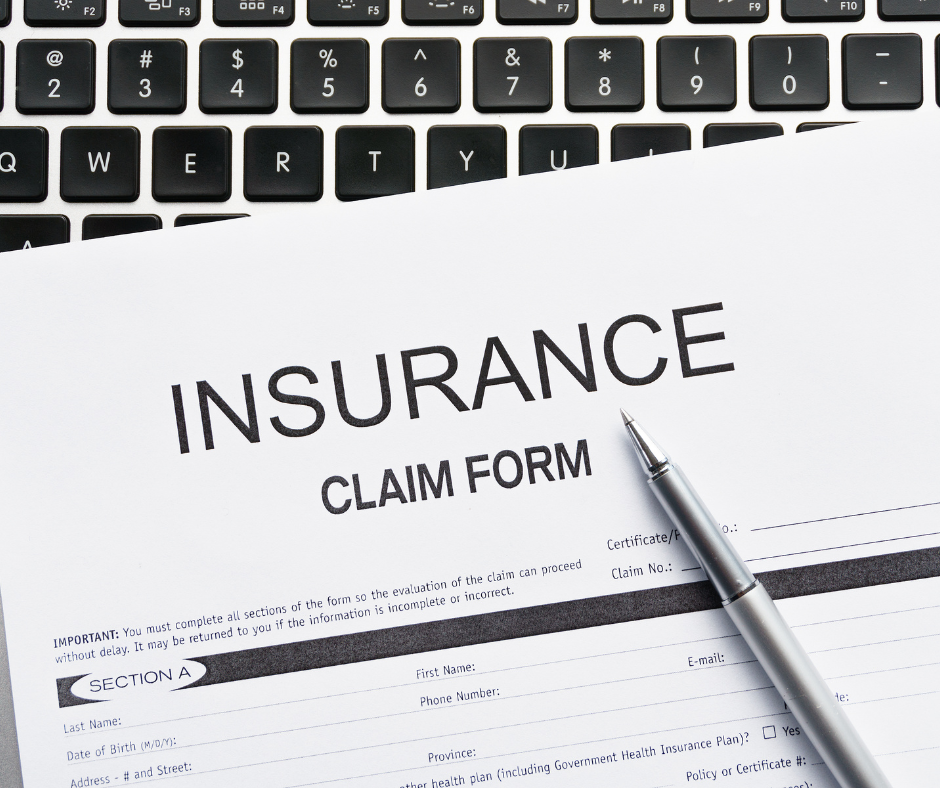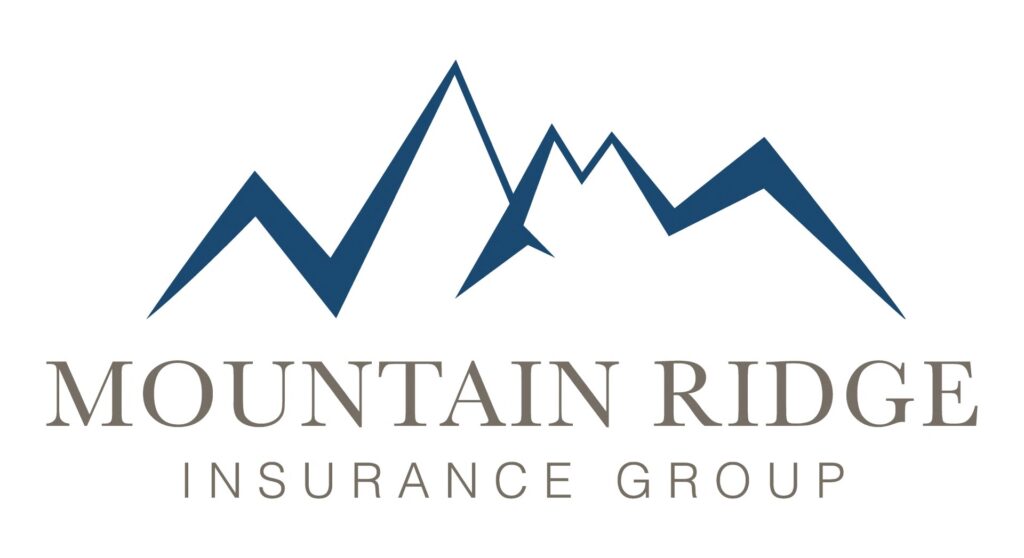For contractors in Utah, managing risk is essential, especially given the unique legal and operational challenges in the construction industry. Errors & Omissions (E&O) insurance is a critical asset that protects against claims of negligence, mistakes, or failure to deliver services as promised, which can lead to significant financial loss and damage to your reputation. Contractors E&O insurance isn’t just about safeguarding the bottom line—it’s about preserving the trust of clients and maintaining a solid footing in a competitive market.
What Is Contractors E&O Insurance?
Contractors E&O insurance provides coverage if a contractor faces claims of errors, omissions, or negligence while performing their work. This type of insurance specifically covers costs associated with claims arising from unintentional professional mistakes, design errors, or project oversights. Unlike general liability insurance, which covers physical risks and property damage, E&O insurance protects against losses related to your work’s professional quality or accuracy.
Key Statistics: Why Contractors E&O Insurance Is Crucial

- Claims Frequency: Studies show that one in every 10 construction businesses will face an E&O claim each year. These claims can range from minor oversights to complex cases that require significant legal and settlement costs.
- Claim Costs: The average cost of an E&O claim in the U.S. construction industry ranges from $30,000 to over $250,000. Without coverage, these expenses fall directly on the contractor, potentially leading to financial strain or even business closure.
- High-Stakes Projects in Utah: Given Utah’s booming construction industry, with projects valued at over $6 billion annually, the demand for high-quality work is immense, increasing the potential for E&O claims from larger and more complex projects.
Why Utah Contractors Need E&O Insurance
In Utah, the construction industry has been growing rapidly, largely due to the state’s economic boom and population growth. However, this growth also raises the stakes for contractors working on high-demand projects, including commercial, residential, and infrastructural builds. Here are several Utah-specific reasons why E&O insurance is essential:
- Increased Scrutiny on Construction Quality: With larger projects, Utah contractors face increased scrutiny, leading to higher risks of claims related to performance and quality issues.
- Environmental and Structural Concerns: Utah’s unique climate and seismic activity require specialized building methods. Failing to meet these requirements can lead to defects, structural damage, and subsequent claims.
- Strict Building Codes: Utah enforces strict building codes and standards for construction projects. E&O insurance provides a safety net if a contractor faces claims for failing to comply with these complex regulations.
Real-World Scenarios: When Contractors E&O Insurance Matters
- Design Flaws: A Utah contractor completed a project but overlooked critical structural requirements due to an error in the design phase. The building owner claimed damages, and E&O insurance covered the contractor’s legal fees and settlement.
- Missed Deadlines: A contractor in Salt Lake City missed key project deadlines due to unforeseen supply chain issues, leading to client dissatisfaction and a claim for project delays. E&O insurance protected the contractor against the cost of the claim.
- Environmental Compliance: In a project near sensitive ecological areas, an E&O policy helped a contractor navigate a claim related to improper environmental procedures, ensuring compliance and avoiding significant financial penalties.
What to Look for in a Contractors E&O Policy

- Coverage Limits: Given the high cost of claims, selecting a policy with adequate coverage limits is crucial.
- Legal Defense: Choose a policy that includes legal defense costs, which can add up quickly.
- Coverage for Design-Build Services: If your business offers design-build services, ensure the policy covers design errors, not just construction mistakes.
- Protection Against Breach of Contract: In Utah, many claims involve breach of contract. E&O insurance can cover damages associated with missed deadlines, unfulfilled expectations, and unmet deliverables.
Why Choose Mountain Ridge Insurance for Your Contractors E&O Policy?

Mountain Ridge Insurance specializes in protecting Utah contractors with tailored E&O insurance solutions. With an understanding of local regulations, unique environmental factors, and the specific challenges facing Utah contractors, Mountain Ridge Insurance ensures you’re protected. Don’t wait until an error puts your business at risk—reach out to Mountain Ridge Insurance to get the right coverage and keep your business thriving.



